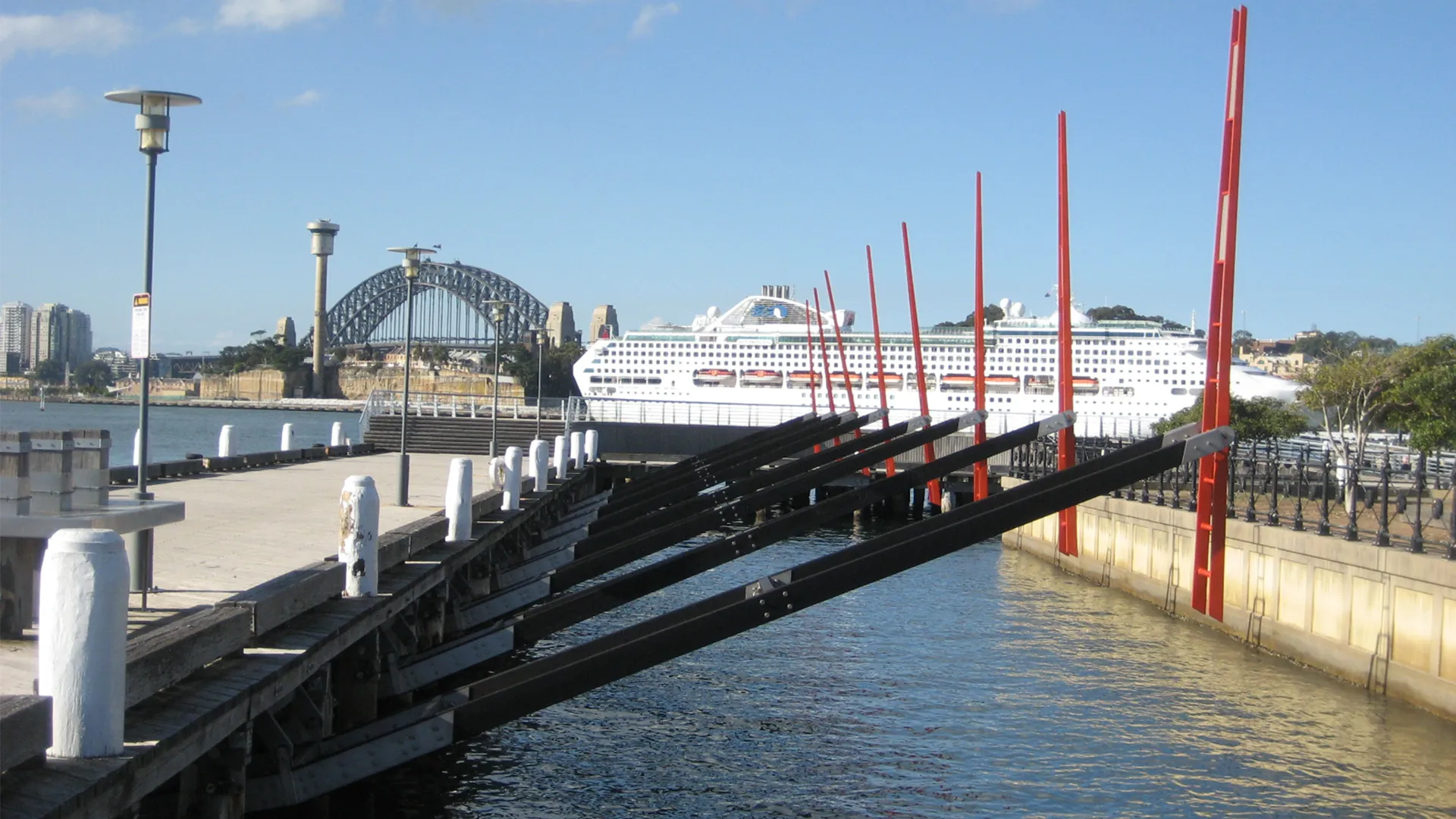Condition
Scope
ICS was present on-site throughout excavations for a seven month period to provide conservation ‘first aid’ for archaeological finds. The primary focus was to support the archaeological teams, assist in block lifts and support materials identification.
Treatment
On-site conservation
· Artefacts were triaged when excavated by ICS, and artefacts with a high risk of deterioration were either treated immediately on-site, or stabilised and stored for more complex laboratory conservation treatments.
· Approximately 2,800 artefact records were treated and completed on-site. Treatments were predominantly:
o Cleaning and controlled drying of wet and/or damp organic materials including bone, shell, textiles, and leather
o Humidification of crumpled textiles and paper objects
o Surface cleaning of metal and composite metal artefacts in preparation of further laboratory treatments
o Desiccated storage of metal artefacts in preparation of further laboratory treatments
Collection Stabilisation
· After field work was completed, metal and composite artefacts were taken to the ICS Laboratory for further treatment.
· Approximately 17,000 artefacts were processed.
· Significance assessment of all the remaining conservation priorities and treatment triage then determined the level of conservation required for the large assemblage.
· Treatment involved:
o Cleaning and stabilising all metal and metal/composite artefacts
o Impregnation and stabilisation of wet organic artefacts
o Custom storage boxes for fragile or oversized artefacts
Further information
Project Team
Archaeologist Andrew Long & Associates
On-site treatment
Before treatment
On-site treatment
After treatment
.webp)
.webp)
.webp)
.webp)
.webp)
.webp)


.webp)
